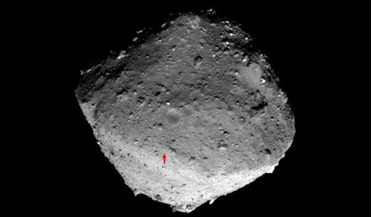 21 February 2019
Hayabusa2 starts descent towards Ryugu
21 February 2019
Hayabusa2 starts descent towards Ryugu
... onto any samples it manages to collect and return them to Earth in 2020 for further study. After the Rosetta mission threw up a few surprises with the type of water it was mainly composed of (it had to much heavy water – deuterium...
 June 2020
Titan’s evolving atmosphere
June 2020
Titan’s evolving atmosphere
...we see today. However, recent data from the Rosetta mission to the comet 67P/Churyumov-Gerasimenko, on its isotopic... will have to wait until Dragonfly, NASA’s fourth New Frontiers mission that will be launched in 2026 for an arrival at Titan ...
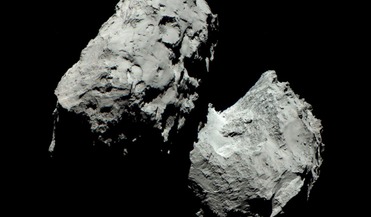 30 November 2020
Researchers discover solid phosphorus in comet 67P
30 November 2020
Researchers discover solid phosphorus in comet 67P
...detection of this crucial element was made by NASA’s Vega 1 mission as it flew by comet 1P/Halley in 1986. It was ...detected on comet 67P/C-G by another of Rosetta’s instruments - ROSINA (Rosetta Orbiter Spectrometer for Ion and Neutral Analysis). ...
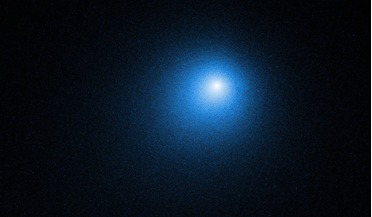 21 December 2018
Still time to see this years brightest comet
21 December 2018
Still time to see this years brightest comet
... icy space rock was the original target for ESA’s Rosetta spacecraft but the launch window was missed so 67P/Churymov-Gerasimenko became the missions target in the end. NASA’s Hubble Space Telescope photographed comet...
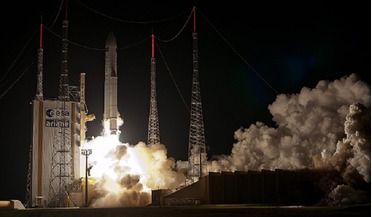 August 2016
Rosetta overcomes major setback
August 2016
Rosetta overcomes major setback
... to Berlin for a special public event organised by ESA and DLR, the German Space Agency, to present the Rosetta mission. When we arrived in Berlin we realised that everyone unofficially knew what was not yet publicly announced: ESA...
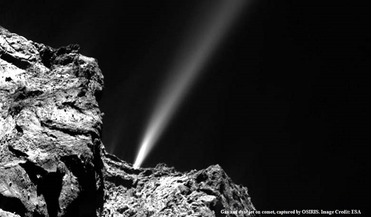 11 August 2015
Comet 67P/Churyumov-Gerasimenko puts on a show as captured by Rosetta camera OSIRIS
11 August 2015
Comet 67P/Churyumov-Gerasimenko puts on a show as captured by Rosetta camera OSIRIS
... of comet 67P/Churyumov-Gerasimenko as it moves closer and closer to the sun. According to ESA, which is in charge of the Rosetta mission, the emission lasted only 18 minutes, but did impact the nearby environment for days afterward. Although...